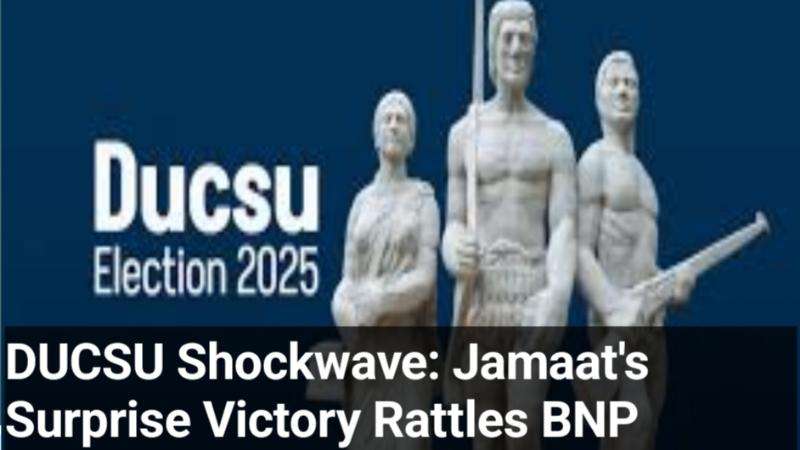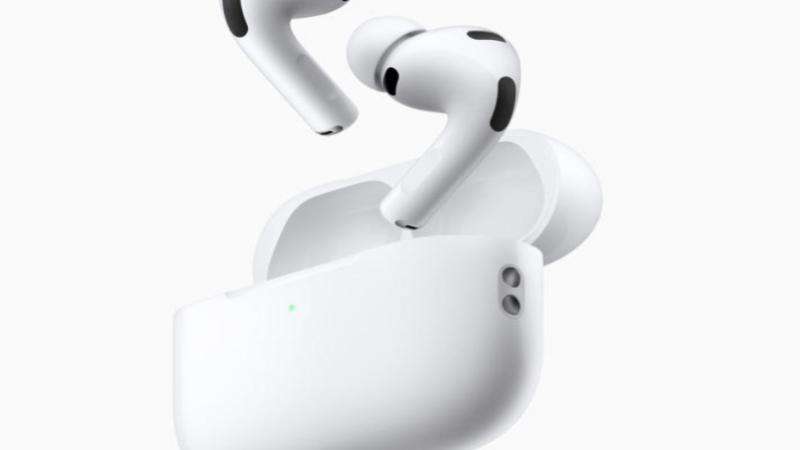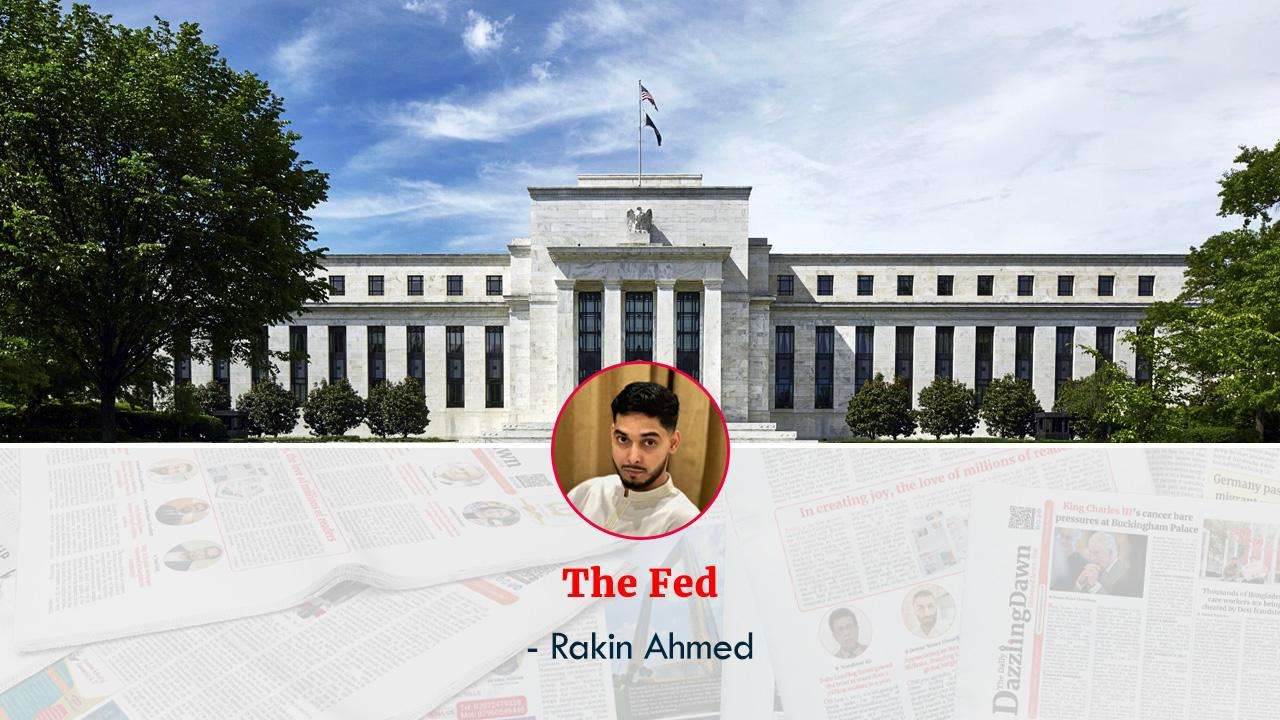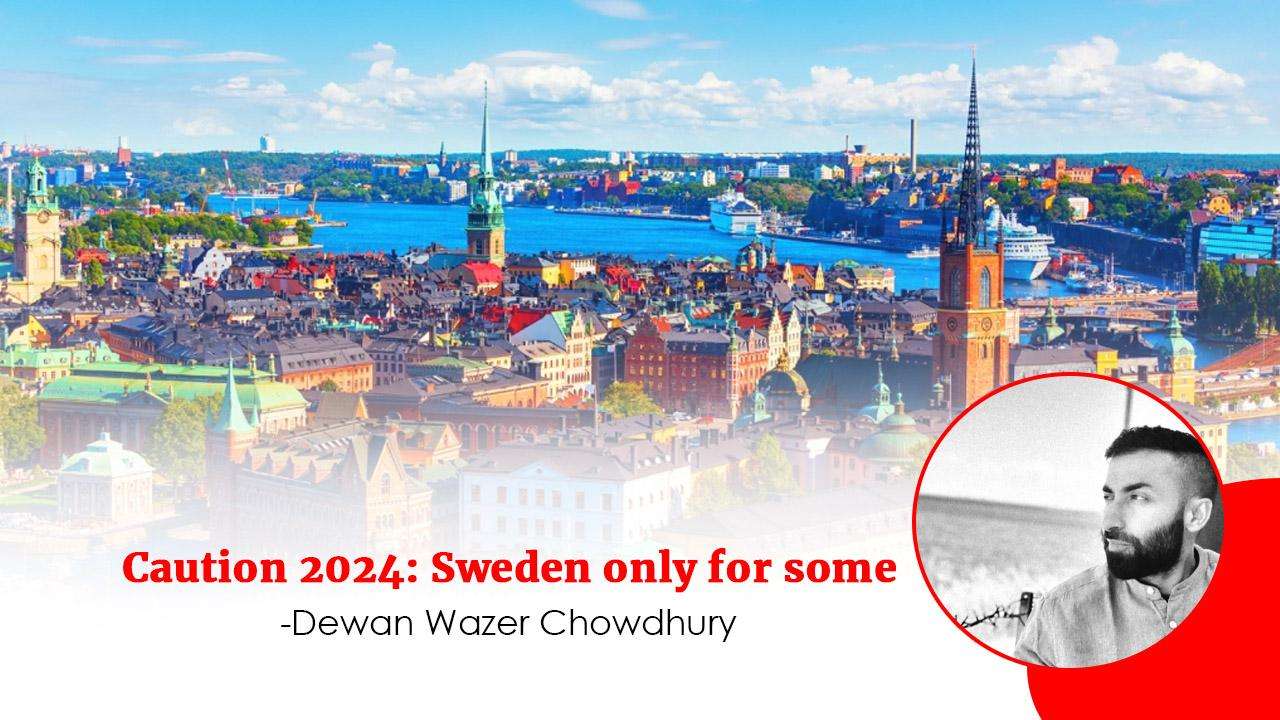"If in the private creation of money as an interest-bearing debt-note, only the principal, and not the interest, is created by those banks and circulated as "money", then it inevitably follows that, under such a system, debt can only grow and never be repaid." - Joseph P. Farrell.
In our previous article in this series, we investigated global debt, discussing its magnitude and implications for the general public. In this article, our focus shifts to "The Fed," also known as the Federal Reserve Bank of America—the high seat of the money makers, the powers that be.
In the economic system which has been imposed upon us, money is created through lending by private banks. Our epigraph conveys a powerful message about how the system works, and we will break it down in this article in simple terms, and develop the idea further for the reader.
Let's illustrate this with an example: Imagine an economy with a total of $1000 in circulation. You approach a bank and secure a $100 loan at a 5% interest rate. The bank, through its mechanisms, creates $100 and lends it to you. Now, the total money supply in the economy rises to $1100. As you spend the money, the circulating amount remains unchanged because no new money was added in this scenario.
When you repay your loan, you are required to pay back $105 ($100 principal + $5 interest). The challenge arises when you realize that this additional $5 needed to repay the interest does not exist in the economy, and you do not have the authority to create money. The fundamental question then becomes, "How will you manage to repay that amount?" Your only recourse is to take out another loan to cover the initial interest payment, yet this new loan adheres to the same conditions. This perpetual cycle renders you unable to fully repay the loan, causing the total debt of the economy to accumulate continuously. This predicament reflects the state of the modern world: the privatization of money creation has led us into an unfortunate situation where escaping this deep, dark spiral of growing debt seems impossible.
We often hear politicians say, 'We cannot get a grip on inflation' or, 'We need to raise the interest rates to curb inflation,' and other statements of similar kind. Yet, we never hear them talk about how the banking system is broken by design, and how the commercial banks are more responsible for inflation than the central ones. We must delve deeper to fully grasp the implications of this system, and one cannot overlook discussing one of the most significant monetary institutions of all time to understand the current dynamics. At the forefront of these discussions is the Federal Reserve Bank of America.
The Federal Reserve Bank, perhaps the greatest monetary scheme of all time, is a quasi-governmental entity that regulates the circulation of the U.S. Dollar. Serving as the linchpin of the modern economy, the dollar holds the status of the world’s primary reserve currency. This independent entity, the Fed, consists of twelve regional banks, each serving a different part of the U.S., with the New York Federal Reserve Bank being the most influential. These banks are overseen by a board of governors appointed by the President and confirmed by the Senate.
Globally, the Fed's actions are closely monitored by financial experts because even minor changes in interest rates can significantly impact markets and employment. However, there are concerns about who really controls the Fed and for what purposes. Critics have argued that the Fed is manipulated by international bankers to create cycles of inflation and deflation for profit, effectively making the Federal Reserve System a powerful trust capable of scientifically creating economic depressions.
Just before the creation of the Federal Reserve Bank, Congressman Charles August Lindbergh commented in 1913, “When the president signs this act, the invisible government by the money power will be legitimized. The new law will create inflation whenever the trusts want inflation. From now on, depressions will be scientifically created.”
In 1816, Thomas Jefferson, the third president of the U.S. and a founding father, wrote a letter to John Taylor, a member of the Virginia House of Delegates. He stated, “I sincerely believe that banking establishments are more dangerous than standing armies; and that the principle of spending money to be paid by posterity, under the name of funding, is but swindling futurity on a large scale. Already they have raised up a money aristocracy. The issuing power should be taken from the banks and restored to the people to whom it properly belongs."
Jefferson understood from European history that a central bank could quickly dominate a nation. He cited the British experience, noting, "The other nations of Europe have tried and trodden every path of force or folly in fruitless quest of the same object, yet we still expect to find in juggling tricks and banking dreams, that money can be made out of nothing."
Despite its name, the Federal Reserve is not a government entity but a private organization owned by its member banks, which are, in turn, owned by private stockholders. Researcher Eustace Mullins, in his 1983 book "The Secrets of the Federal Reserve," detailed that major stockholders of New York City banks, often linked by blood, marriage, or business interests, control the New York Federal Reserve Bank. This control connects to prominent families like the Rothschilds, Morgans, Rockefellers, and Warburgs. The Federal Reserve Bank of New York, which dominates the other 11 branches and holds a permanent voting seat on the Federal Open Market Committee, has 19,752,655 outstanding shares. According to a 1997 report by researcher Eric Samuelson, majority control is held by two banks: Chase Manhattan Bank (now JP Morgan Chase Bank) owning 32.35 percent and Citibank, NA owning 20.51 percent, together owning 52.86 percent of the shares. In other words, these two entities are the ones who control the Fed.
Why is the issuance of currency for the largest economy in history privatized? And why does it matter to us? Well, unless you have been living in a cave for the past 50 years, you're aware that global trade hinges on the U.S. dollar, with 60-70% of central banks worldwide holding it as their reserve currency. Essentially, the dollar acts as the vanguard of U.S. global influence, impacting each and every one of us. The families that control the New York Federal Reserve Bank also dominate most European and international banks. Though they operate under different names, they share the same owners and are essentially different branches of the same tree. Therefore, the debts are owed to these entities owned by a few elitist families, making these families the ones to whom countries owe their debts.
We need to understand that since the creation of money is privatized in nearly every modern country, control of financial power rests with private entities, which in turn influences the governance. While governments come and go, the private organizations that fund them remain the same. As a result, democracy in most countries is controlled. Can you write the name of your preferred leader on the ballot, or has the leader already been selected, leaving you to simply choose from the pre-selected candidates?
We will dive deeper in our next articles.




_2.jpg)



.svg)


_6.jpg)